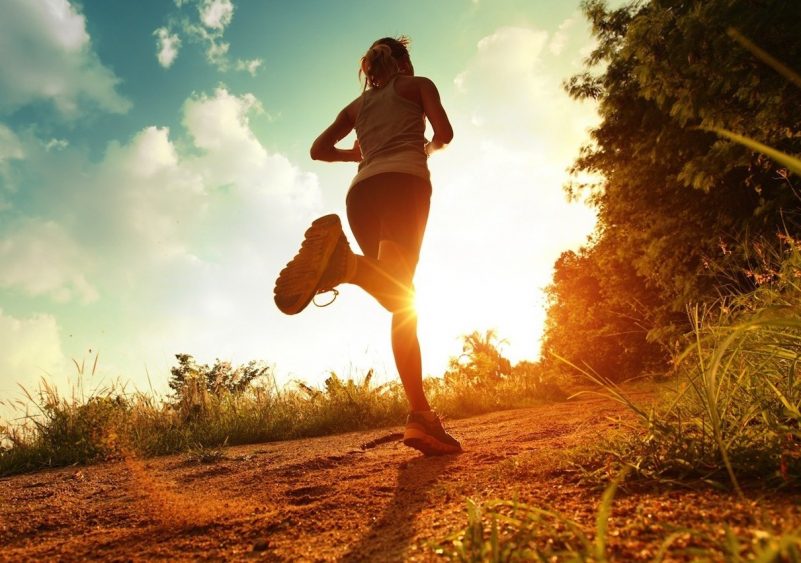Running is the name commonly used in English to refer to the activity of running and trekking to the walk. Both are often confused with the term hiking (in English, hiking) however it differs from it in that it requires more physical effort. While the journey made in hiking usually has a lower degree of difficulty, because their routes run along trails, roads and marked roads, in this type of sport the routes are made through isolated areas and without any help of signals or roads, which represents a greater contact with nature. Hiking is often considered a more relaxing activity, while running and trekking activities are sports that require training and help improve physical fitness.
This form of sports tourism is closely related to ecological tourism because, if it develops with awareness, it does not generate any kind of footprint in the environment. People must take care of the environment, walking without causing damage to plants or animals and picking up the garbage they produce. It is also important that those who do trekking or running do not disturb or harm those who inhabit the environment they walk (rural, aboriginal, etc.). Hiking constitutes a symbiosis between sport, culture and the environment. We can say then that both running and trekking constitute a symbiosis between sport, culture and the environment.
Physical exercise, close knowledge of nature and low cost are some of the advantages they provide compared to other types of sports. In addition, given their flexibility, very diverse people can practice it, regardless of their physical abilities or their resistance, since each one can adapt the activities to their own needs and limitations.
As for running itself, it is a complex and coordinated process that involves the whole body. Every human being runs in a different way, but certain general aspects of career movements are common that can be achieved with constant practice and the help of teachers or physical trainers. Some useful tips are:
It is recommended to alternate the distance, the route and the rhythm each day, so that the body has the opportunity to test all its capabilities. Despite being an apparently simple activity, running can benefit us in many aspects, so it should not be done automatically and monotonously.
The body needs rest between periods of practice, since this is also an integral part of sports training. For this reason, it is advisable to alternate several disciplines instead of doing one every day.
Control the increase of distance from one week to another, avoiding the extremes, as they can negatively affect our health and spoil all our effort. Put in numbers, you should never increase more than 10% per week.
Learn to modify the pace to increase the resistance. The speed must increase in a measured way and remain constant in each phase of the practice. One of the most common mistakes is to start too fast, which results in premature exhaustion.
Remember the stretching exercises after each running session, even if this means running a few minutes less. Letting them pass can lead to injuries.
Work the muscles at least twice a week, in half-hour sessions, so that the muscles evolve at the same level as the cardiovascular system.
In the following entries we propose different circuits to enjoy the landscape that surrounds us while practicing sports being an excellent activity for all ages. In addition, Mendoza is a mountain town, very close to the city there are wonderful places, which are accessed by trekking. Mountain sportsmen, adventurers, tourists and onlookers can travel these roads or tracks that take us to the summits of the mendocinos hills or places that can only be accessed walking or running. Without fear of the mountain, we propose circuits of little difficulty for which a certain physical condition and prudence are always required. A great opportunity to have fun, exercise, enjoy the landscape, know the nature and scenarios of the province, with very little money.
Attention : Always carry two liters of water, sunglasses, sunscreen, trekking shoes and coat.






